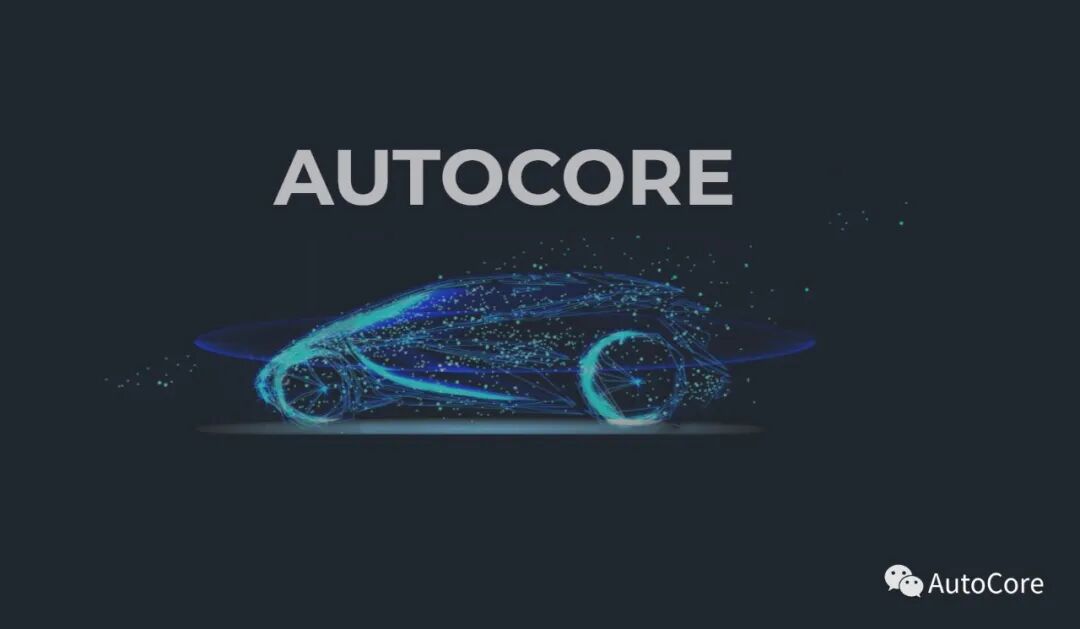2025年10月27日,南京– AutoCore今日发布其针对港口,矿区,园区,工厂,后勤运输等各场景的开源L4自动驾驶量产系列产品——ADrive.Port,ADrive.Mine,ADrive.Park,ADrive.Logistics,ADrive.AGV。
ADrive系列产品提供全开源的应用软件,支持客户的核心业务及算法的自主可控。通过系统性解决传统ROS2架构在规模化部署及稳定应用中的性能与可靠性难题,将自动驾驶系统的核心数据传输延迟降至6-8微秒(μs),成功将系统从“实验室级”提升至可满足7×24小时稳定运行的“工业级”标准。ADrive 由底层软件平台 AutoCore.OS 与算法层共同构成,在兼容开源灵活性的同时,提供面向量产的工业级增强。
传统基于ROS2的部署在港口,矿区,园区,工厂,后勤运输等复杂场景时,面临“性能三难”与“系统两忧”的困境:数据传输抖动高达100-200ms,感知融合效果差;扬尘环境下丢帧率高,影响系统可靠性;硬件适配二次开发工作量巨大;同时缺乏统一的健康监控与功能安全合规路径。
系统组成:
1. AutoCore.OS:面向最严苛场景部署的软件平台,提供低延迟、低抖动的数据通道、QoS(服务质量)策略与健康管理框架,支撑7×24稳定运行。
2. 算法层:基于 ROS2 项目的算法栈,在 AutoCore.OS 上进行深度适配与优化,涵盖感知、定位、融合、规划与控制等核心模块;提供与 AutoCore.OS 通信增强层、健康管理、UDS/SOVD 的标准化接口,适配港口、矿区、园区、工厂、后勤运输等场景的高可靠量产需求。
ADrive 通过其创新的三层通信增强体系,实现了数据链路的立体化重构:
1. 板内点云、图像等大数据量传输延迟低至6-8μs,彻底根除传输瓶颈。
2. 在稳定性、QoS(服务质量)及性能上全面超越标准ROS2。
3. 高效处理大规模小数据包传输,完美适配各种业务的需求。
ADrive产品的另一核心是其强大的健康管理中枢,内置多级保活引擎,可实现节点级(300ms内拉起)、服务级(1秒内恢复)和系统级(防宕机)的故障自愈,无缝对接车载UDS诊断标准。同时,ADrive提供包括15分钟OTA升级、SOVD远程诊断、效率提升90%的一键部署脚本,以及一个创新的硬件适配层,使Orin、TDA4VH、地平线J6等主流硬件可“即插即用”,并预集成了主流传感器驱动。
“ADrive的本质,是尊重和赋能场景及客户,把开源与可规模化量产系统完美融合,成为产品化、工业化的关键使能器。”ADrive产品负责人强调,“我们保留了开源系统开放、灵活的内核,构建了一个工业级的、高性能、高可靠性的端到端系统。真正解决了自动驾驶商业化‘最后一公里’最棘手的问题——将不确定的性能,变为确定的可靠性。”
ADrive产品线从各个场景的长期和深入实践,以解决实际端到端场景问题为核心,赋能设备供应商,系统开发商,运营商等伙伴。与行业开发者共同推动开源自动驾驶产业的产品规模化。目前已在中国,中东地区,东南亚,日本等国家和地区实现落地。

NANJING, China – October 27, 2025 – AutoCore today announced the launch of its production-ready L4 autonomous driving product series designed for a wide range of scenarios including ports, mining, industrial parks, factories, logistics, and AGVs. The new product line includes ADrive.Port, ADrive.Mine, ADrive.Park, ADrive.Logistics, and ADrive.AGV.
The ADrive series provides a fully open-source application software layer, ensuring customers have full ownership and control over their core business logic and algorithms. By systematically solving the performance and reliability bottlenecks inherent in traditional ROS 2 architectures for large-scale deployment, ADrive reduces core data transmission latency to as low as 6-8 microseconds (μs). This successfully elevates the system from a "lab-grade" prototype to an "industrial-grade" standard capable of 7x24 stable operation. The ADrive series is composed of the underlying software platform, AutoCore.OS, and a comprehensive algorithm layer, offering industrial-grade enhancements while maintaining the flexibility of an open-source ecosystem.
Traditional ROS 2-based deployments in complex scenarios such as ports, mines, and logistics often face significant performance and reliability challenges: data transmission jitter can reach as high as 100-200ms, leading to poor sensor fusion performance; high frame drop rates in dusty environments compromise system reliability; and massive redevelopment workloads are required for hardware adaptation. Furthermore, these systems typically suffer from a lack of unified health monitoring and a clear path to functional safety compliance.
System Composition:
1. AutoCore.OS: A software platform engineered for deployment in the most demanding scenarios, providing low-latency, low-jitter data channels, robust Quality of Service (QoS) policies, and a comprehensive health management framework to support 7x24 stable operation.
2. Algorithm Layer: A ROS 2-based algorithm stack, deeply adapted and optimized to run on AutoCore.OS. It covers core modules such as perception, localization, fusion, planning, and control. It provides standardized interfaces to the AutoCore.OS communication enhancement layer, health management, and UDS/SOVD, meeting the high-reliability production requirements for scenarios like ports, mines, industrial parks, factories, and logistics.
ADrive achieves a revolutionary reconstruction of the data link through its innovative three-layer communication enhancement architecture:
1. On-board transmission latency for large data volumes, such as point clouds and images, is reduced to as low as 6-8μs, completely eliminating transmission bottlenecks.
2. It comprehensively surpasses standard ROS 2 in stability, Quality of Service (QoS), and performance.
3. It efficiently handles the transmission of large-scale small data packets, perfectly adapting to a wide variety of service requirements.
Another core feature of the ADrive product is its powerful health management hub. Featuring a built-in, multi-level keep-alive engine, it enables fault self-healing at the node level (recovery within 300ms), service level (restoration within 1 second), and system level (anti-crash), while seamlessly integrating with in-vehicle UDS diagnostic standards. Concurrently, ADrive offers 15-minute OTA updates, SOVD remote diagnostics, one-click deployment scripts that improve efficiency by 90%, and an innovative hardware abstraction layer that makes mainstream hardware like Orin, TDA4VH, and Horizon J6 "plug-and-play," with pre-integrated drivers for mainstream sensors.
"The essence of ADrive is to respect and empower both the scenario and the customer, perfectly merging the open-source world with a scalable, production-ready system to become a key enabler for productization and industrialization," emphasized the ADrive Product Lead. "We have preserved the open, flexible core of the open-source ecosystem while building an industrial-grade, high-performance, and high-reliability end-to-end system. This truly solves the most difficult 'last mile' problem of autonomous driving commercialization: transforming uncertain performance into deterministic reliability."
The ADrive product line stems from long-term, in-depth practice across various scenarios, focusing on solving real-world, end-to-end challenges to empower equipment suppliers, system developers, and operators. AutoCore is committed to working with industry developers to jointly promote the large-scale productization of the open-source autonomous driving industry. Currently, ADrive has been successfully deployed in projects across China, the Middle East, Southeast Asia, Japan, and other countries and regions.